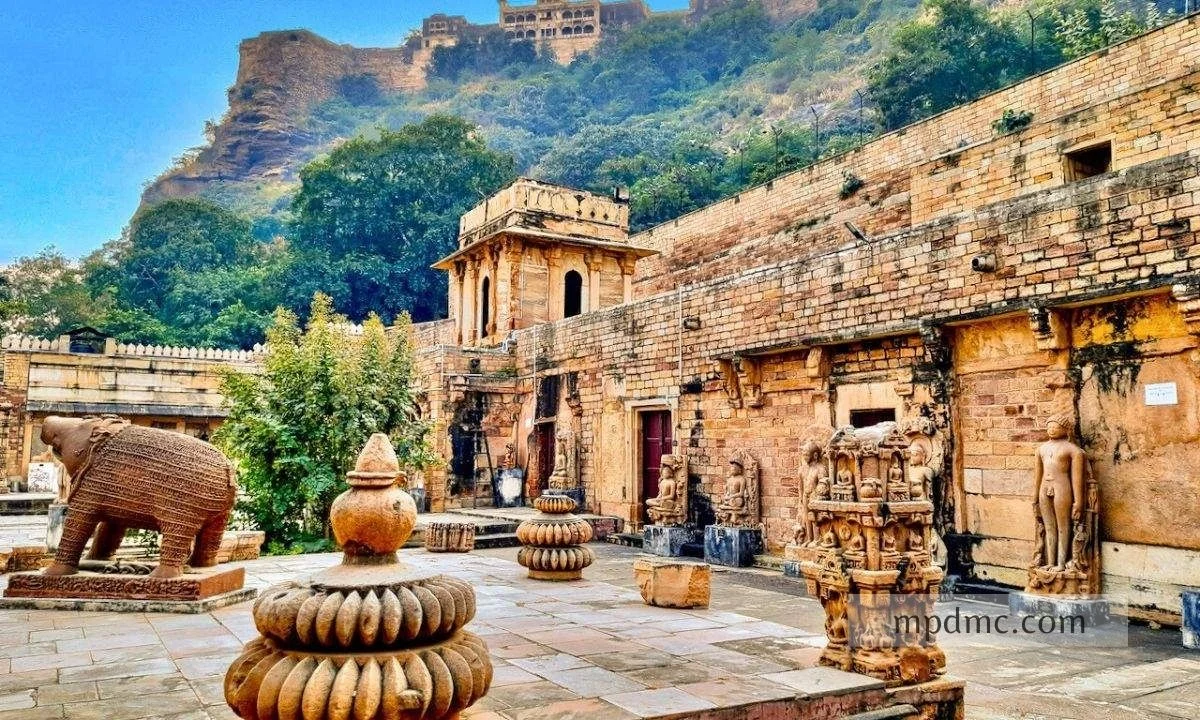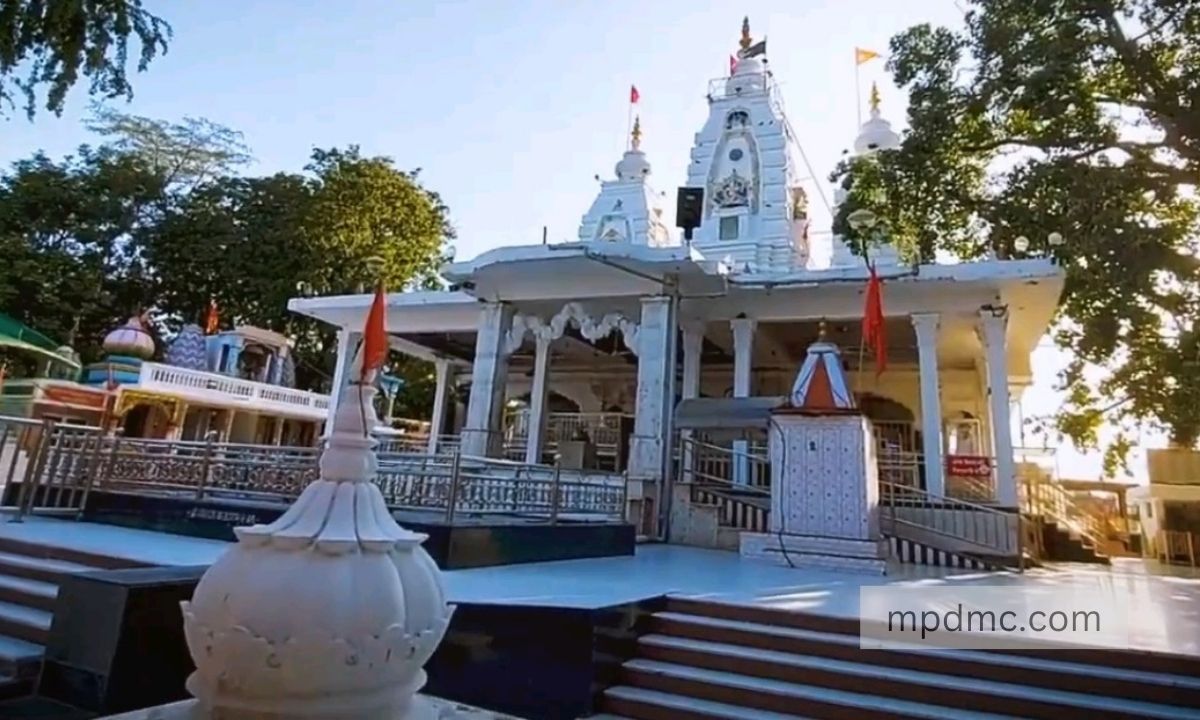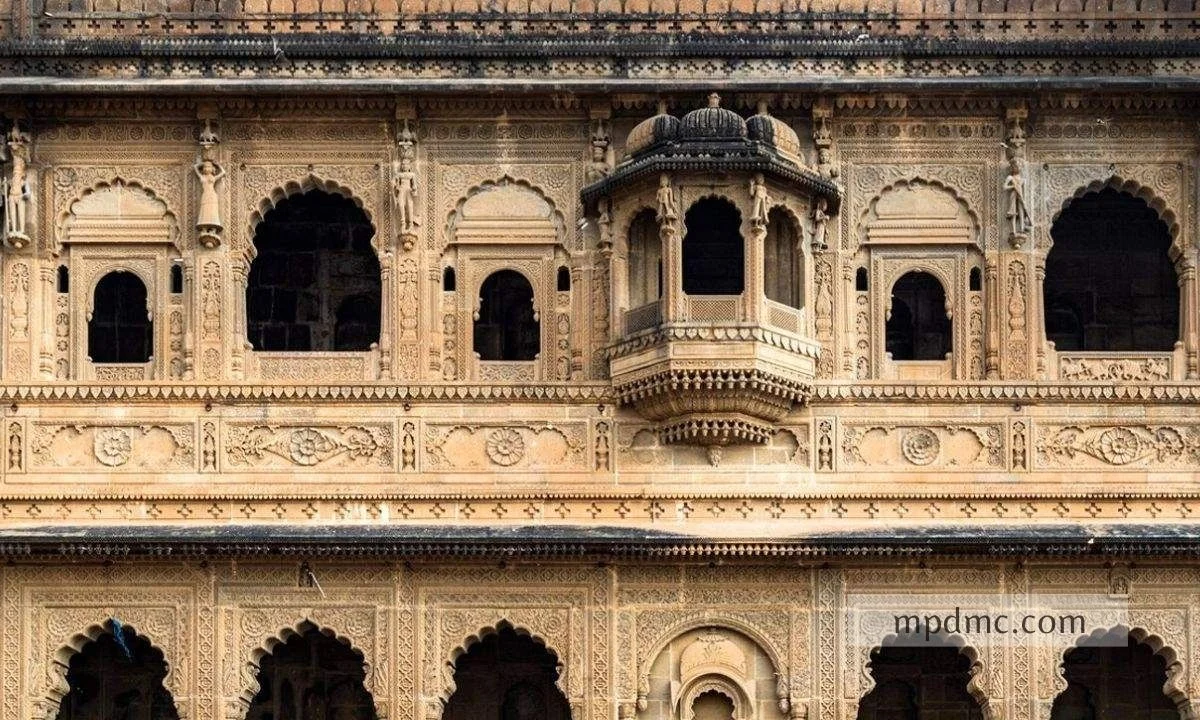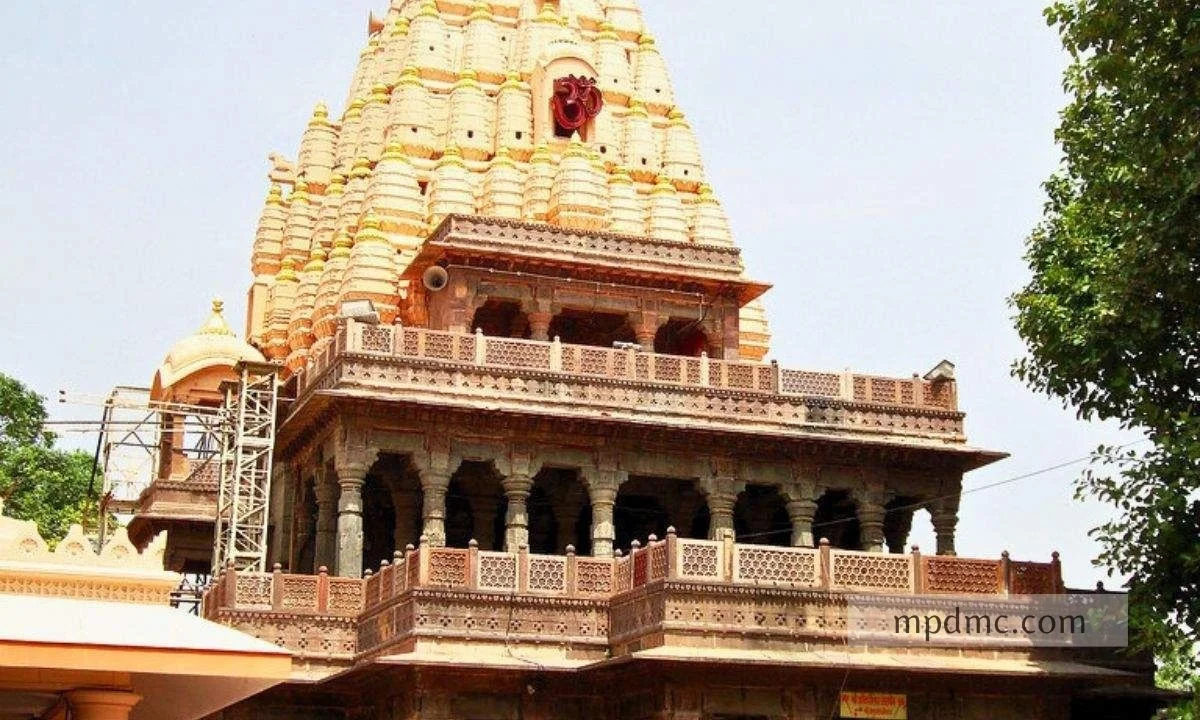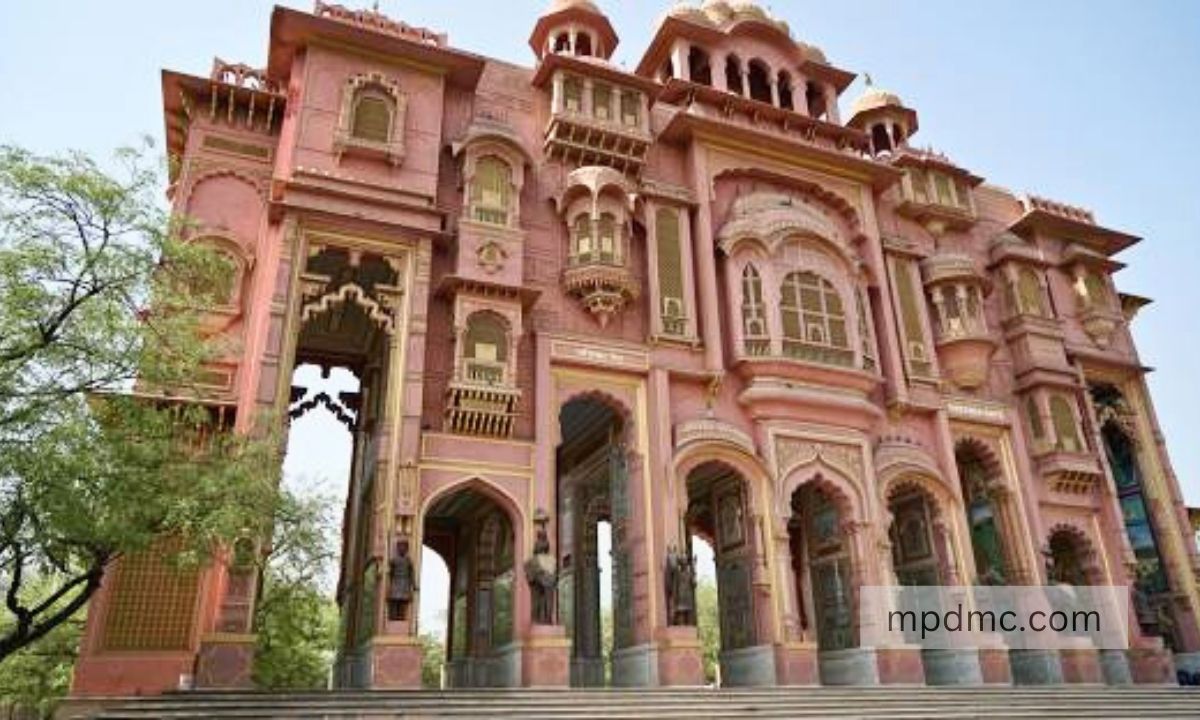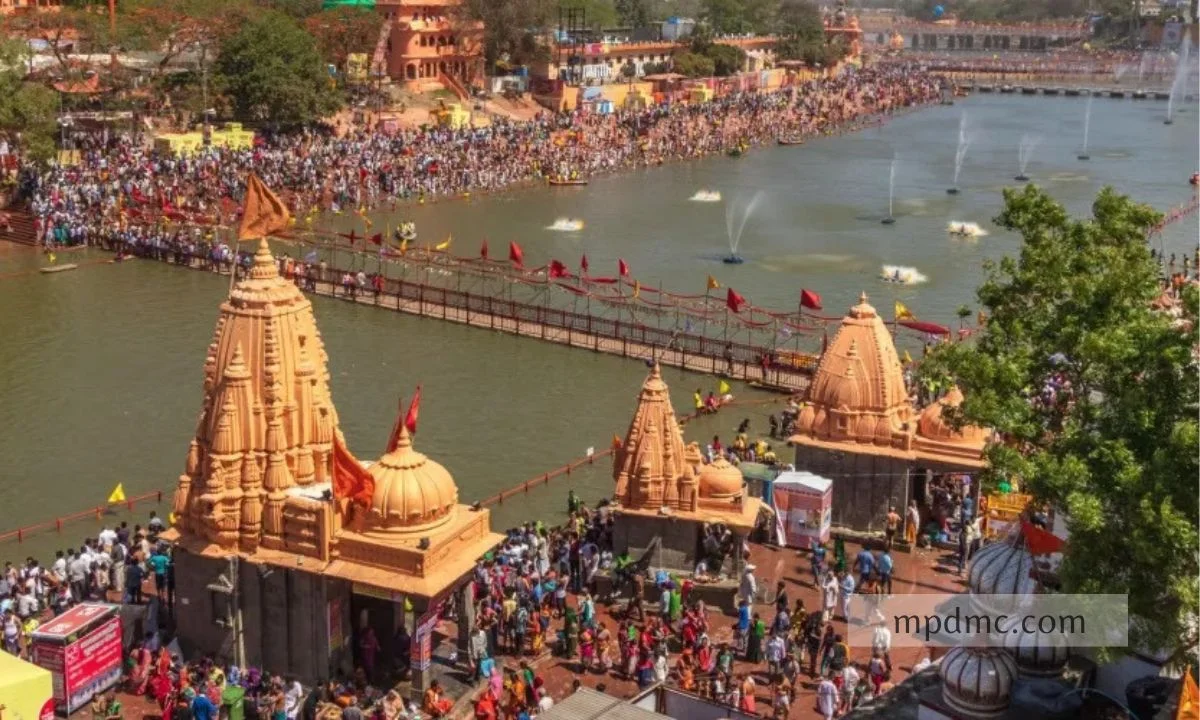
Indore, Madhyapradesh
The visitor's guide to experiencing india cleanest city indore
- Madhya-pradesh DMC
- Posted: 03 October 2024
Welcome to our in-depth guide to Indore, Madhya Pradesh, one of the liveliest towns in India, renowned for its extensive history, cutting-edge infrastructure, and expanding economic importance. This blog will offer insightful information about Indore's top attractions, destinations, and possibilities for visitors, locals, and business owners alike.
Indore is emerging as a major commercial and cultural hub in Madhya Pradesh, attracting tourists, entrepreneurs, and investors alike. Let's dive into what makes Indore unique and why it's becoming a top destination in central India.
Why Indore is the Heart of Madhya Pradesh.
Located in Madhya Pradesh's western region, Indore is a bustling metropolis that successfully combines modernity with heritage. Indore, also referred to as "Mini Mumbai," has grown quickly to become one of India's most important educational and economic hubs.
- Historical Significance Historic sites like Rajwada Palace and Lal Baag Palace highlight Indore's royal past, which stretches back to the Holkar dynasty.
- Educational Excellence Indore has emerged as a significant center for higher education because to prestigious establishments like the Indore Institute of Science & Technology (IIST) and the Indian Institute of Management Indore (IIM Indore).
- Cultural Heritage The city's elaborate festivities of several holidays, like as Navratri and Diwali, are a reflection of its rich cultural heritage.
- Emerging Economy The industrial city of Indore is expanding quickly and is home to important industries like trade, manufacturing, and information technology. Investors and companies from all across the nation are drawn to the city's Indore Special Economic Zone (SEZ).
Location
Numerous breathtaking sightseeing spots that combine culture, history, and scenic beauty can be found in Indore. The magnificent Rajwada Palace, the elaborately planned Kanch Mandir, and the verdant Lal Baag Palace are noteworthy locations. While foodies can sample local street cuisine at the bustling Sarafa Bazaar, nature lovers can explore the tranquil Patalpani Waterfall and Choral Dam. Because of these attractions, Indore is an intriguing city for both nature enthusiasts and history buffs.
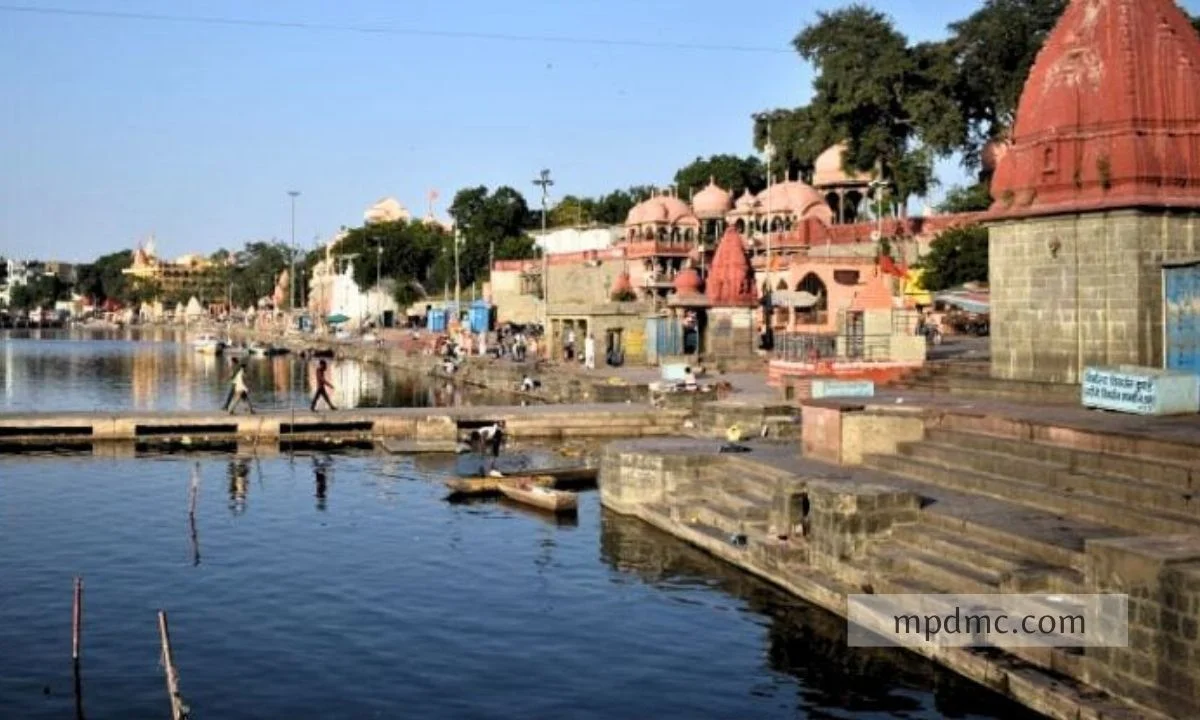
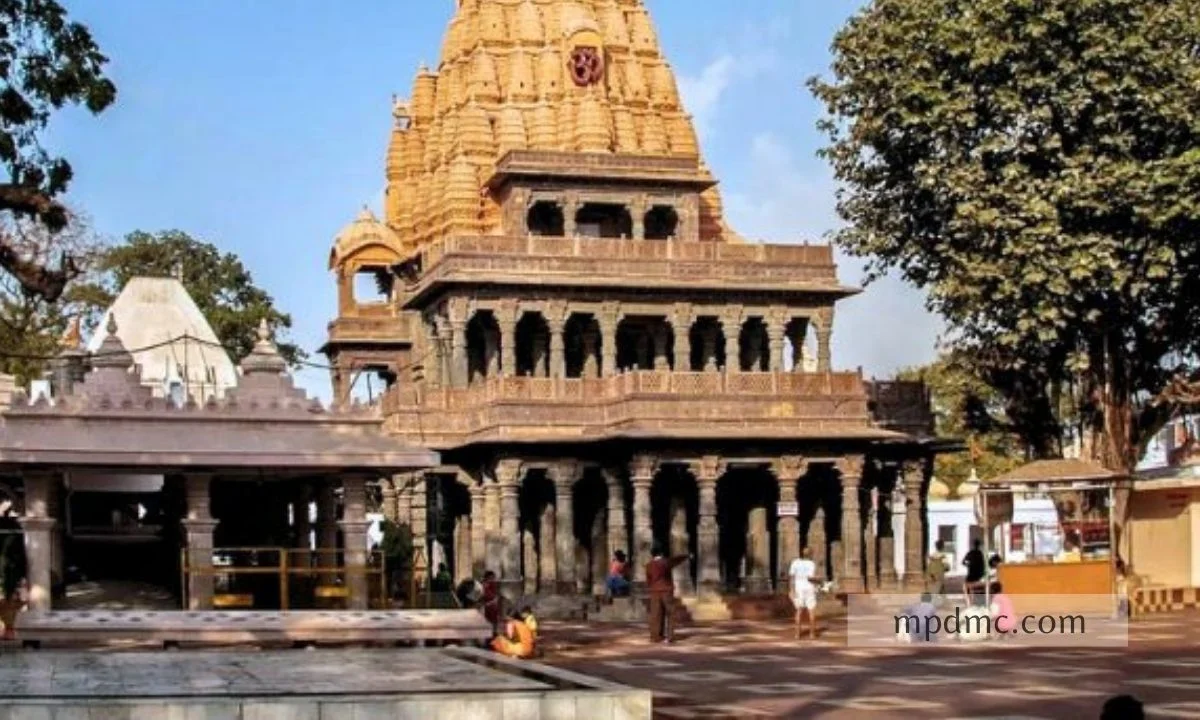
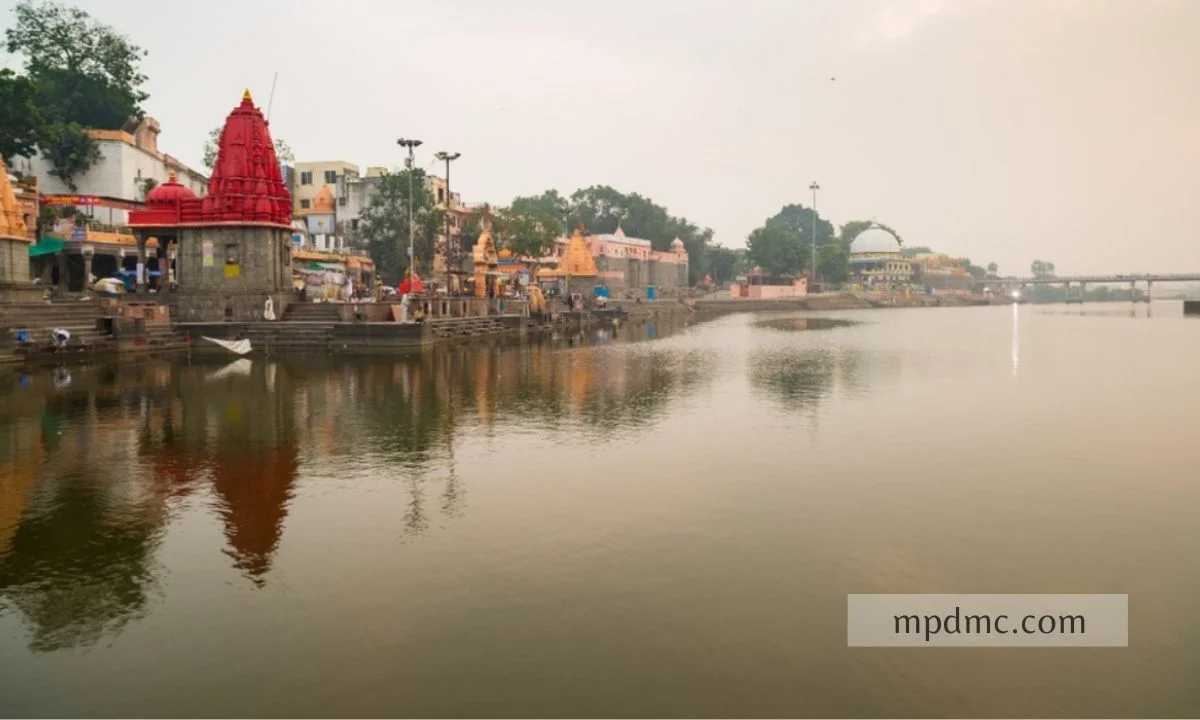
History.
Throughout the ages, different dynasties and emperors have influenced Indore's rich and varied history. The city's beginnings may be found in the 18th-century Maratha Empire, when it developed into a significant administrative and commercial hub. The Indreshwar Temple, a respected Hindu temple devoted to Lord Indra and a significant religious location in the area, is the source of the name "Indore."
The development of the city was significantly influenced by the Holkar Dynasty, which was led by Malhar Rao Holkar in the beginning of the 19th century. The Holkar dynasty took over Indore and built a stronghold there, influencing the region's architectural and cultural advancement. Notable buildings like Rajwada Palace and Lal Baag Palace were constructed during this time, demonstrating the Maratha impact on the city's architectural design.
From a princely state to a significant metropolitan hub, Indore continued to expand following India's independence in 1947. It is currently a thriving city renowned for its educational institutions, economic development, and cultural legacy. Both tourists and historians are drawn to the city's monuments, temples, and landmarks, which still bear witness to its past.
Features.
- Economic Growth Indore is one of the fastest-growing cities in India, with thriving sectors like IT, manufacturing, and education. It also serves as a major commercial center in Madhya Pradesh.
- Educational Hub Home to prestigious institutions such as IIM Indore and Devi Ahilya University, the city attracts students from across the country.
- Historical and Cultural Heritage With landmarks like Rajwada Palace, Kanch Mandir, and vibrant street food culture, Indore showcases a deep cultural connection to its history and traditions.
- Rich Cultural Heritage The city is a destination for medical tourism and specialty treatments because of its cutting-edge healthcare facilities.
- Healthcare Infrastructure Indore has embraced the Smart City Mission, leading to improved urban infrastructure, better connectivity, and enhanced public services.
- Smart City Initiatives About 35 kilometers from Khajrana sits the Patal Pani Waterfall, a breathtaking natural wonder that provides a tranquil haven amidst verdant surroundings. Both locals and visitors love it as a place to have a picnic. Ralamandal Wildlife Sanctuary is a sanctuary for those who enjoy the outdoors and wildlife. It is ten to fifteen kilometers from Khajrana. Numerous animal and bird species can be found there, providing chances for nature hikes and wildlife photography.
Indore is a unique location in Madhya Pradesh because of its exquisite fusion of modernity and history. Indore has a distinctive combination of chances and lifestyle, from its thriving educational institutions and rich historical legacy to its dynamic cultural scene and quick economic growth. It is quickly rising to prominence as one of India's most desirable cities thanks to its strong infrastructure, first-rate healthcare, and thriving business climate.

